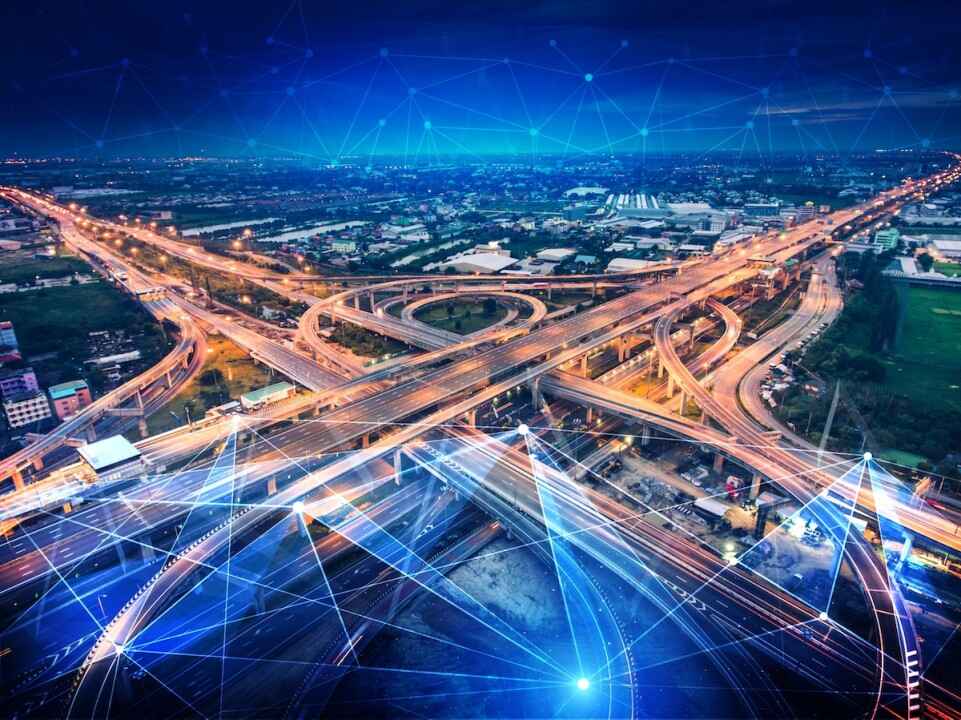
In the digital-first economy of 2025, digital twins are revolutionary technology for every industry. Digital twin is a virtual replica of a real asset, process, or system that allows firms to model, analyze, and optimize performance in real time.
From online ordering to production and even building a smart city, digital twins are redefining the way firms do business and create value.
Digital Twins in Commerce
Digital twins are transforming the retail customer experience through the adoption of virtual replicas of customer experiences, warehouses, and even product life cycles. Digital twins can be used in supply chain efficiency trials, logistics optimization, and more accurate forecasting of customer demand by retailers.
They also enable greater personalization with the simulation of shopper behavior, enabling companies to make improved product recommendations as well as improve customer satisfaction. On the consumer side, this means faster delivery, better availability of products, and richer experiences such as twin-based virtual try-ons.
Digital Twins in Manufacturing
Manufacturing has been at the forefront of industries in embracing digital twins and has used them to model the performance of machinery, streamline production lines, and reduce downtime. With a real-time digital twin of equipment, manufacturers are able to predict equipment failures in advance, schedule preventive maintenance, and optimize energy efficiency.
It increases productivity, reduces operating expense, and enhances product quality. Industry 4.0 is gaining momentum, with the digital twin at the forefront in smart factories where AI, IoT, and data analytics collaborate to revolutionize manufacturing.
Digital Twins for Smart Cities
Smart cities are the most dramatic application of digital twins. Through the development of virtual copies of city environments, city planners are able to model traffic patterns, energy consumption, and even environmental effects prior to changing it in real life.
Digital twins enable the optimization of infrastructure management, public safety, and green urban infrastructure. For example, modeling the effect of new mass transit lines or wind/solar energy grid enables policymakers to make informed choices that maximize public health.
Conclusion
Digital twin adoption is gaining pace fast in industries. They enable personalization and convenience in e-commerce, predictive maintenance and smart production in manufacturing, and data-driven and sustainable urban planning in smart cities.
As governments and enterprises set their sights further on digital transformation, digital twins will be at the forefront of innovation, bridging the physical and digital world to make more efficient, responsive, and intelligent systems.
